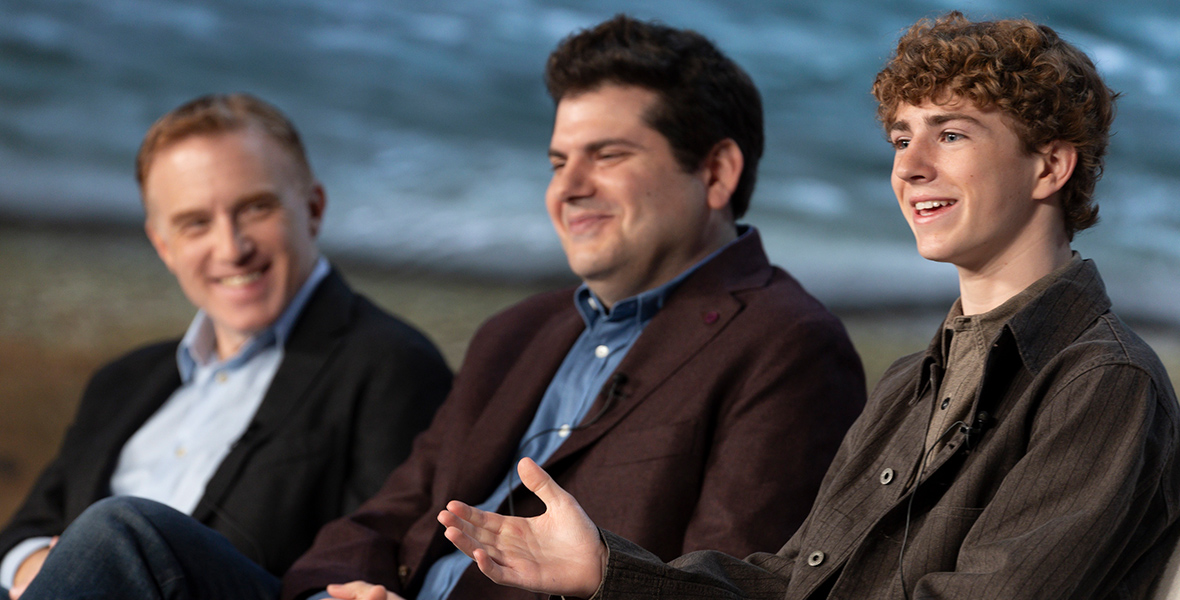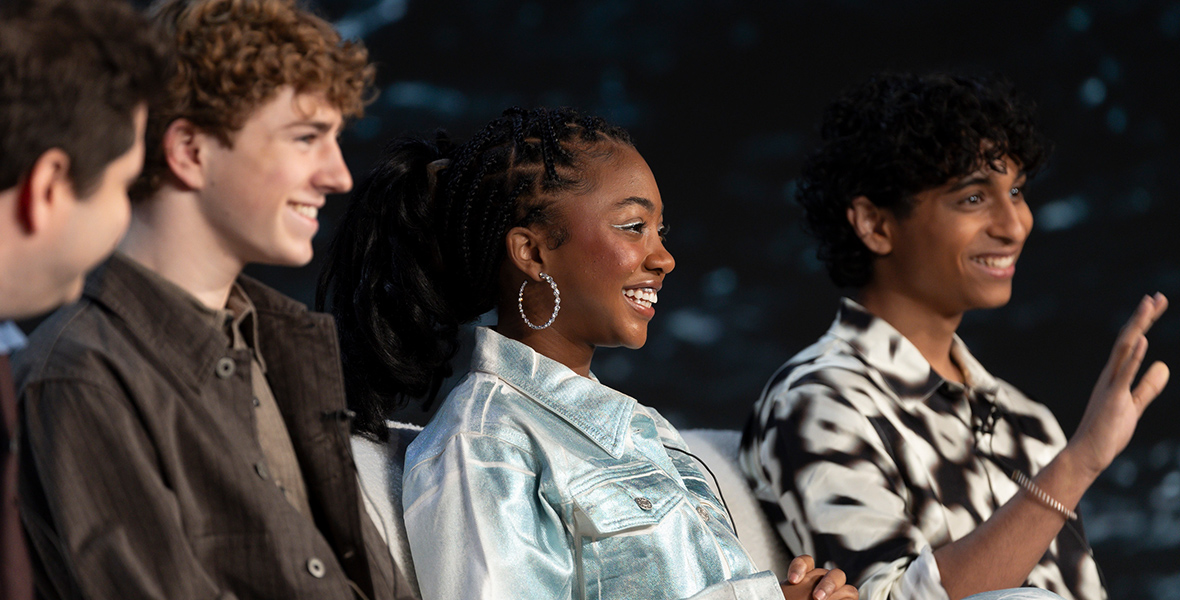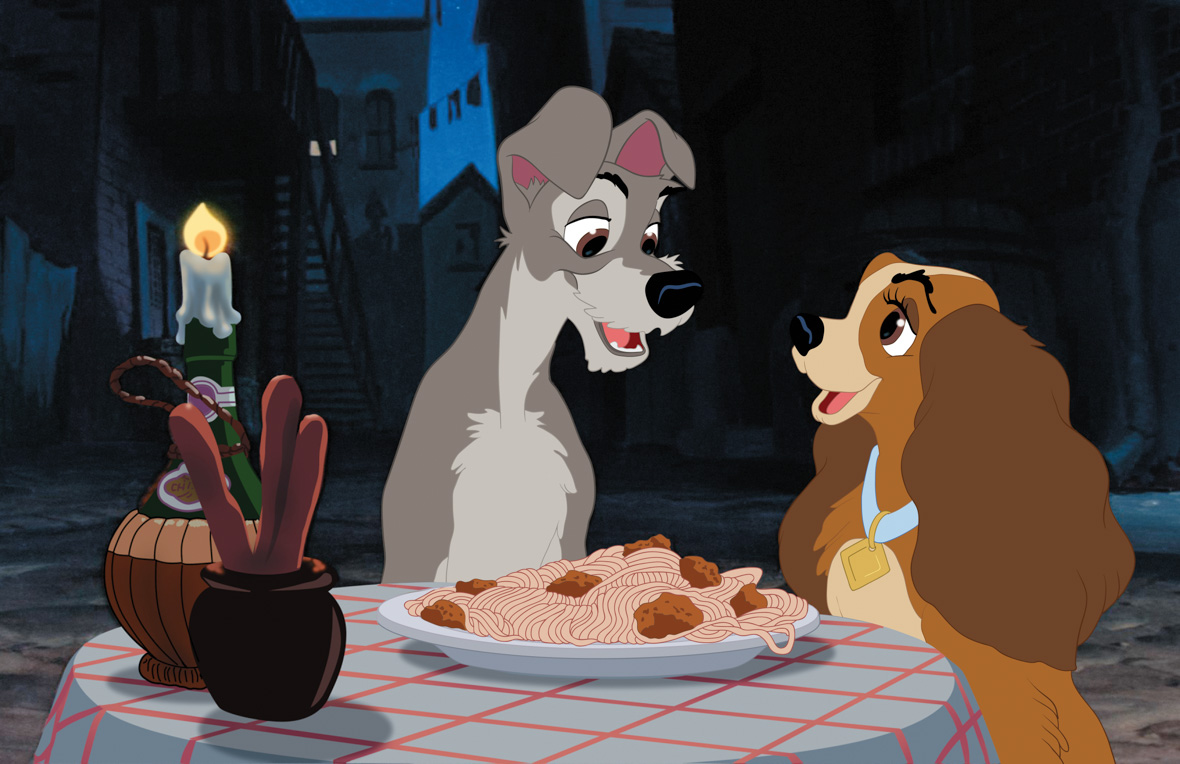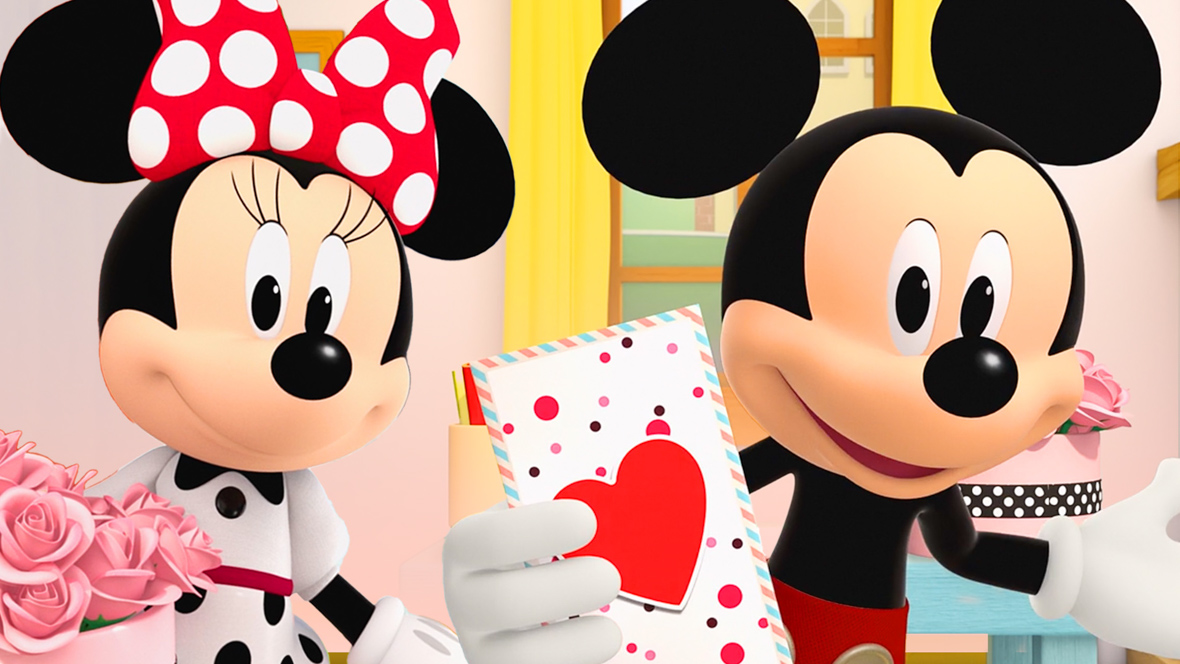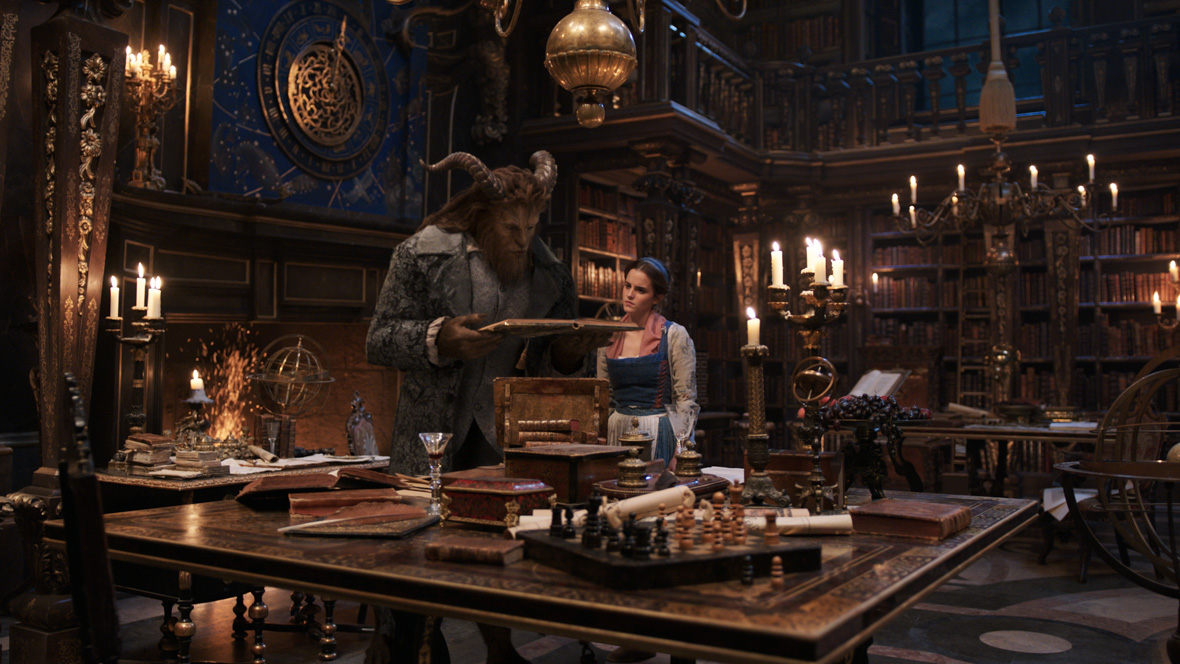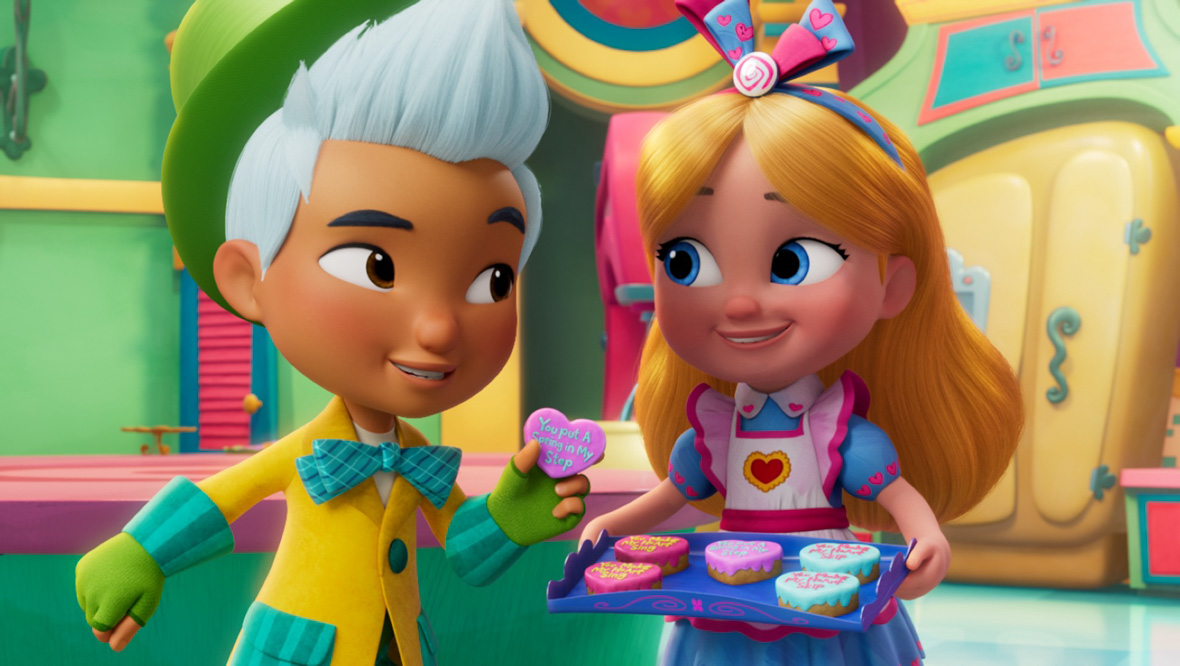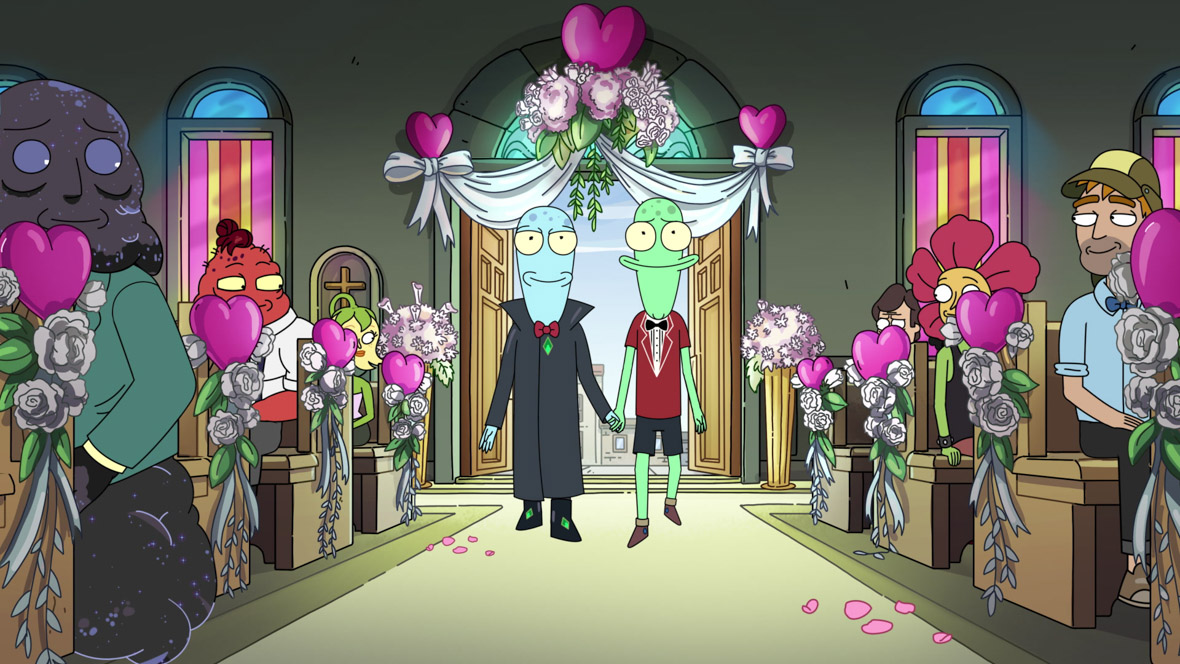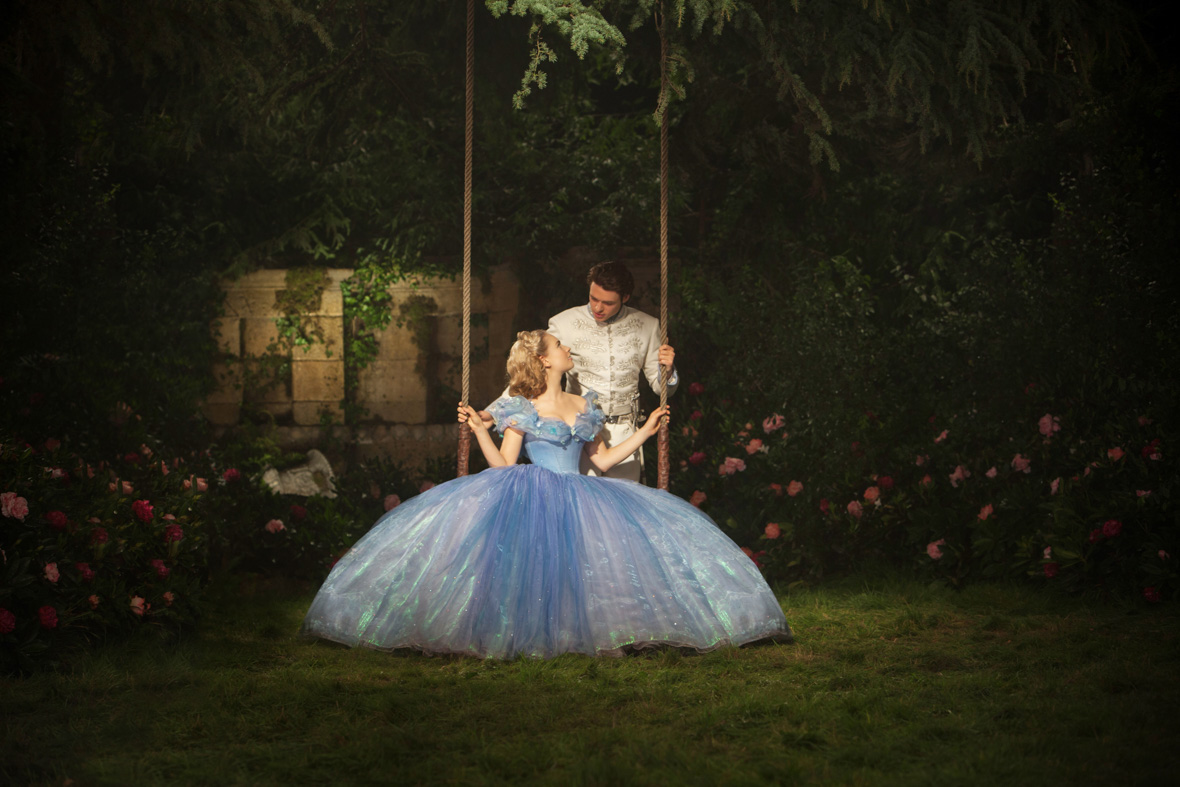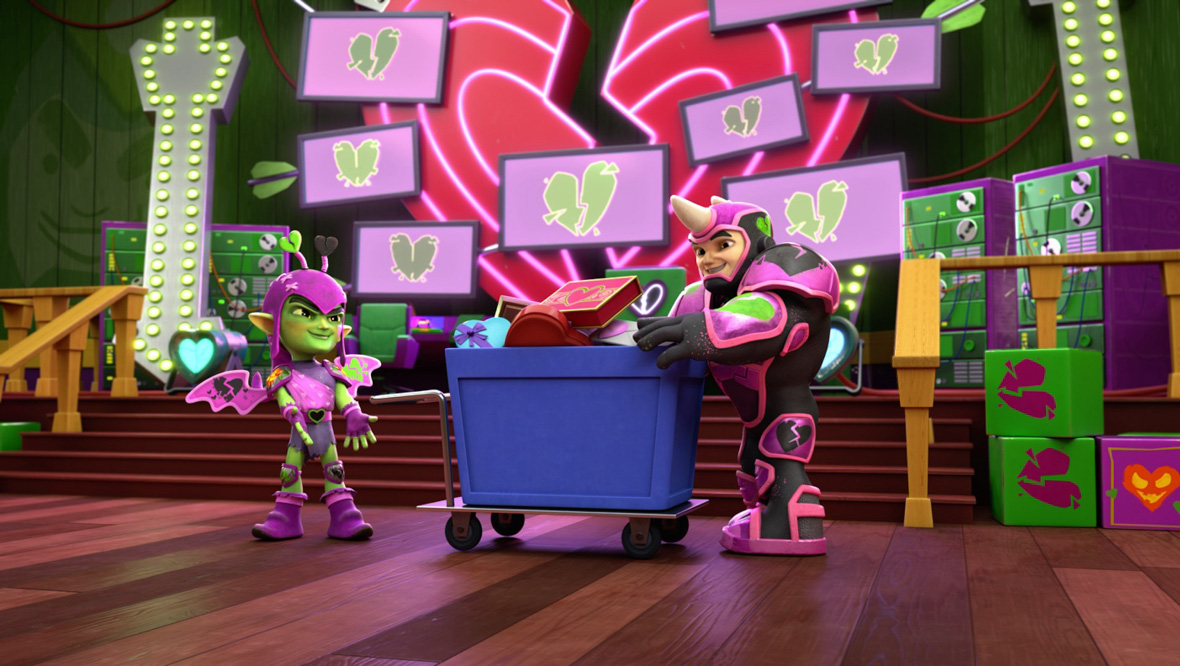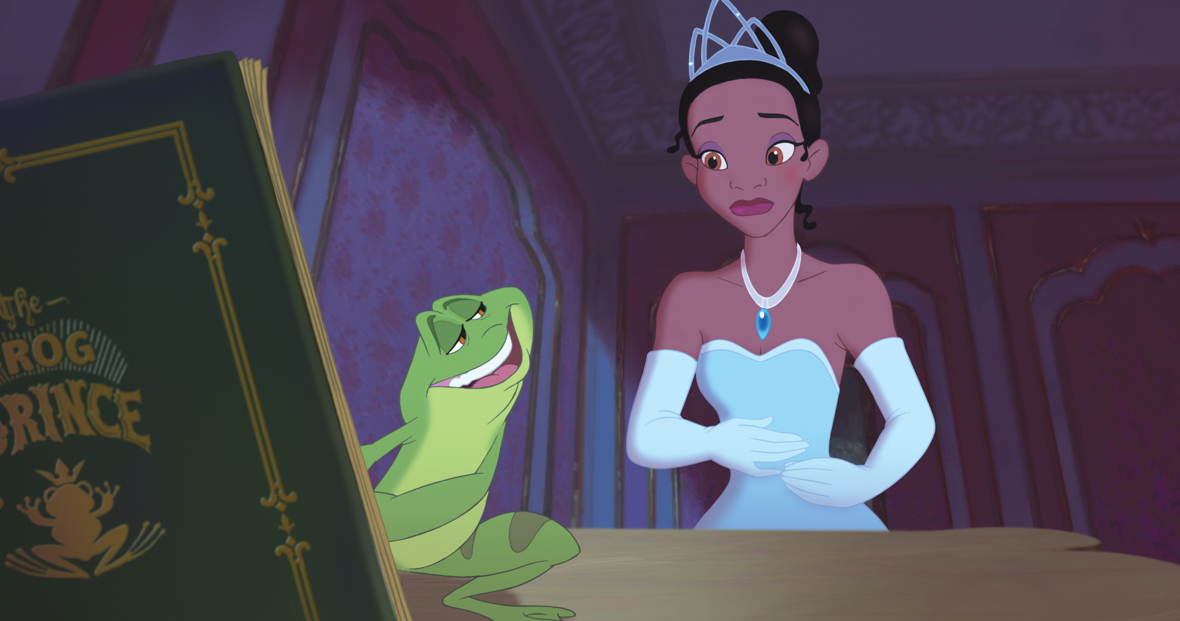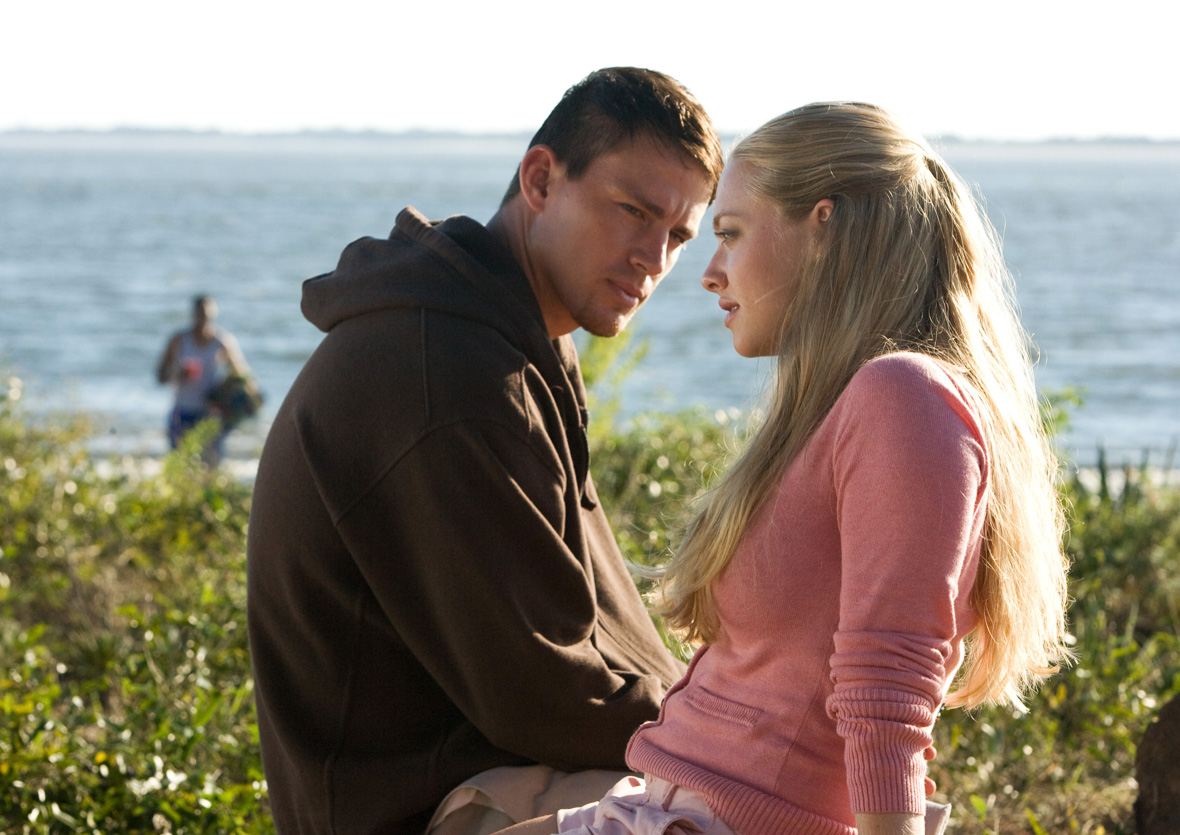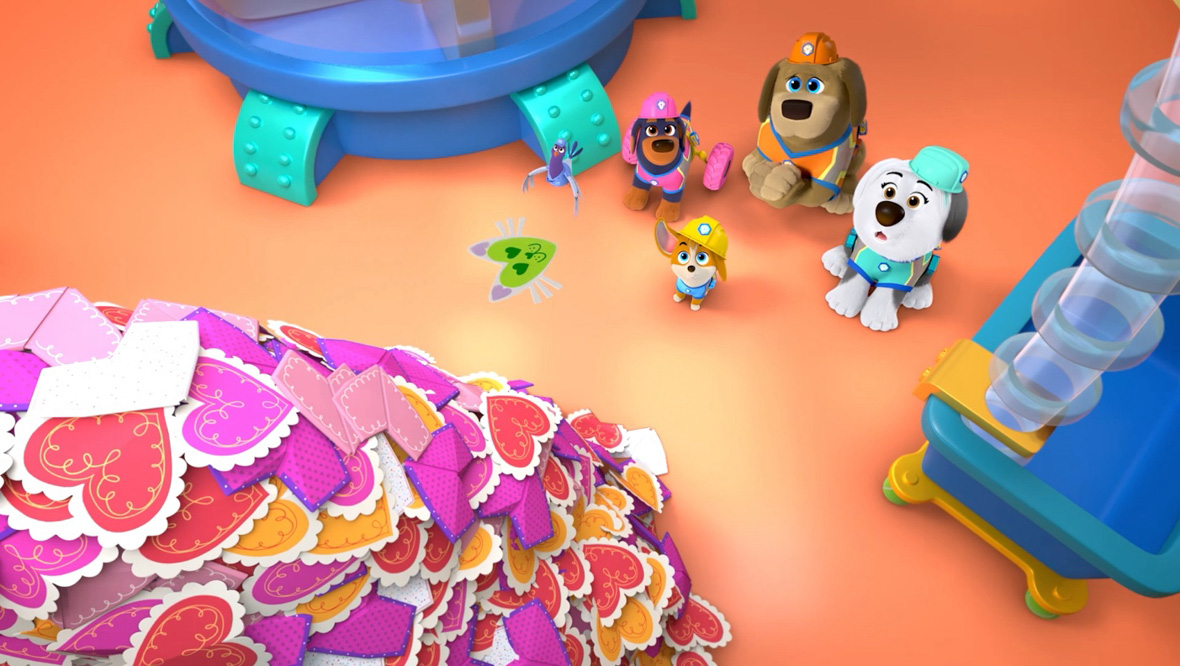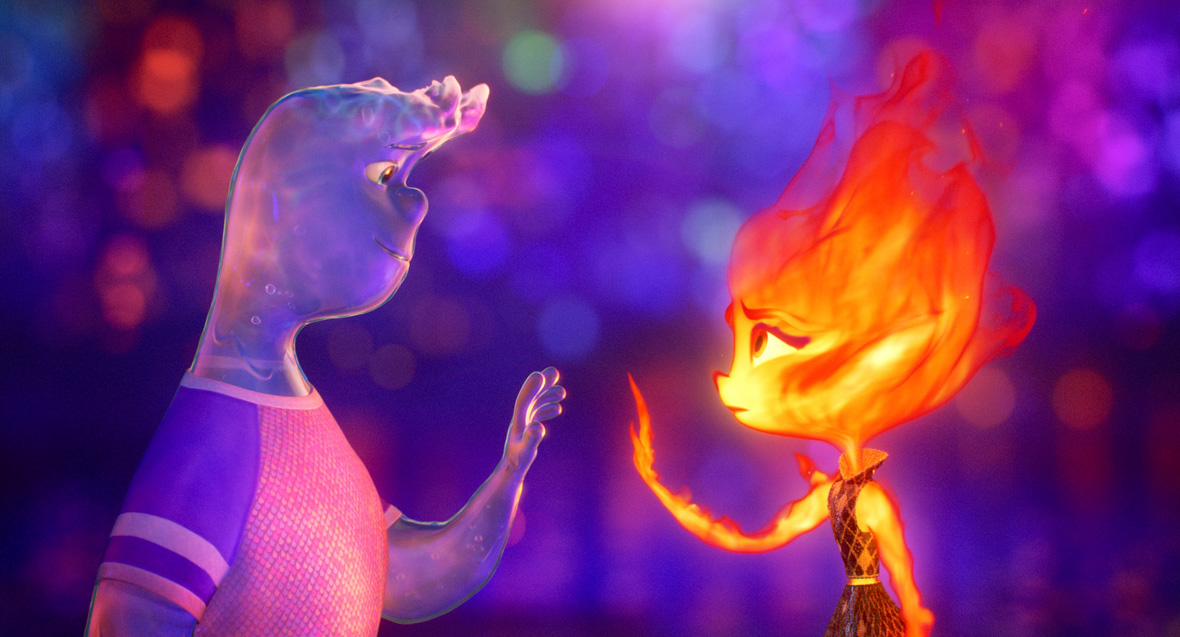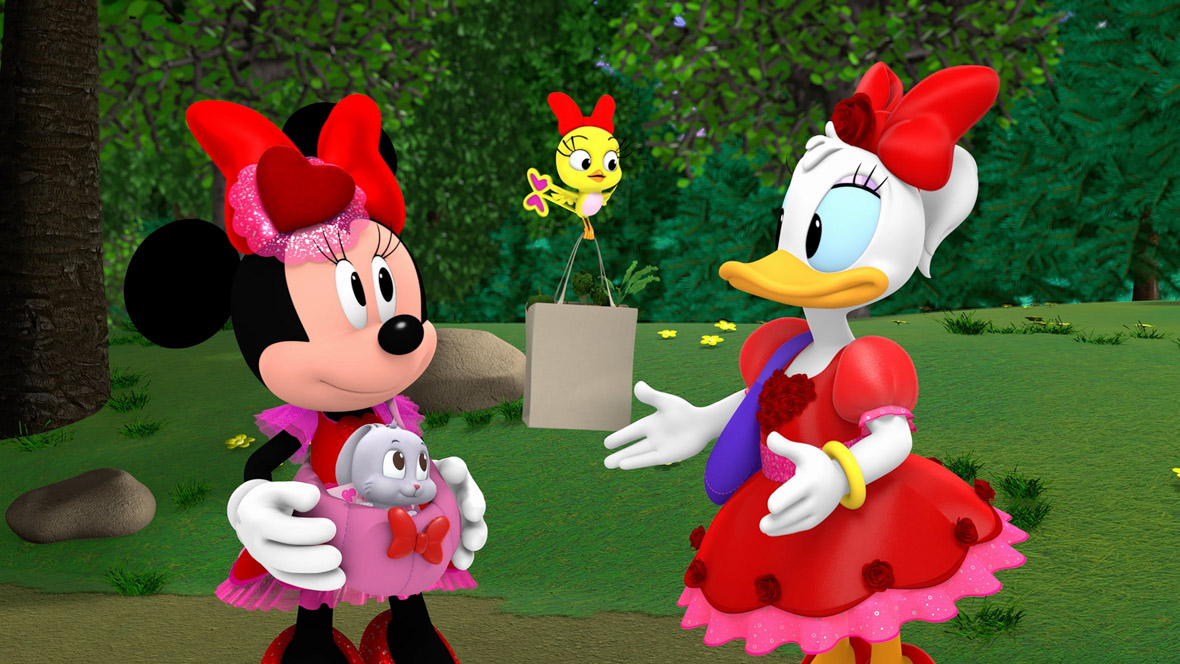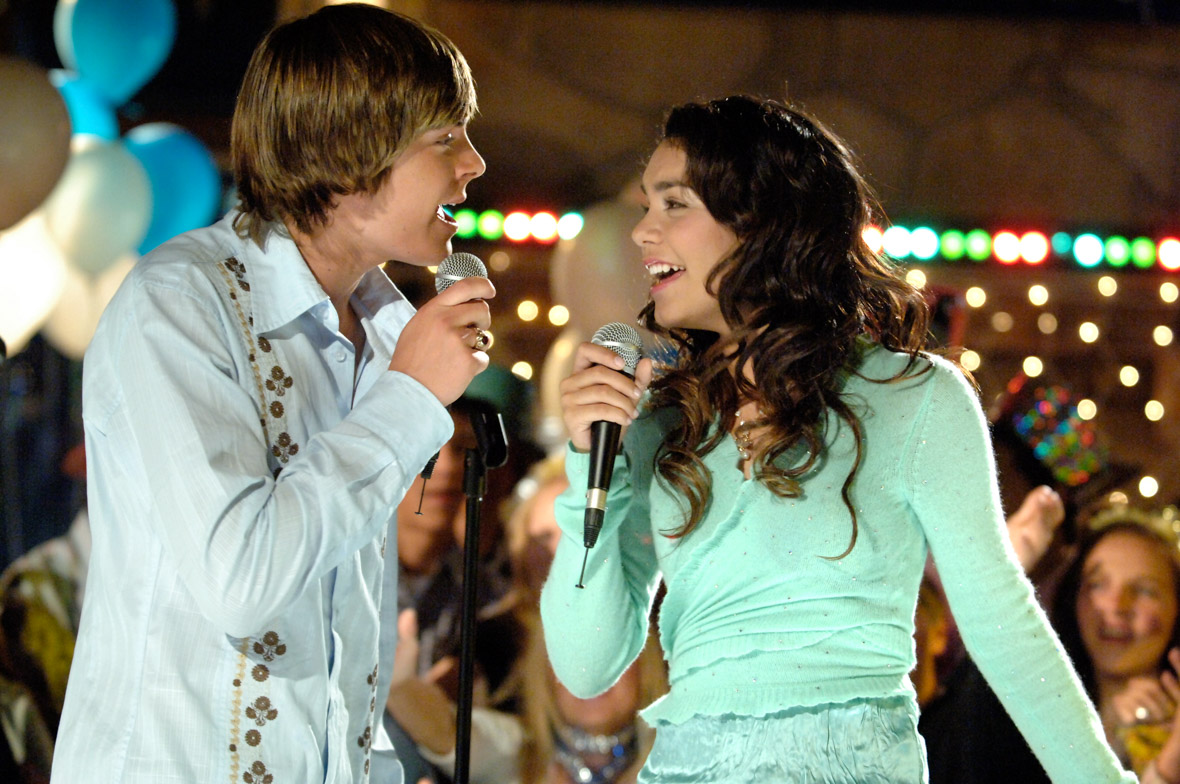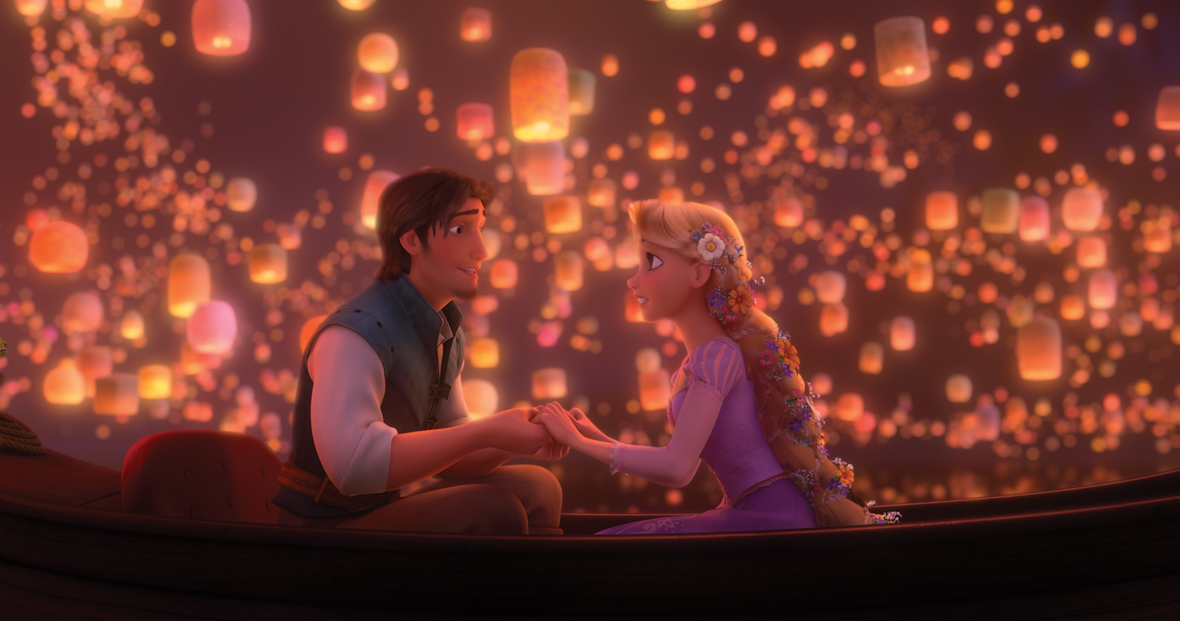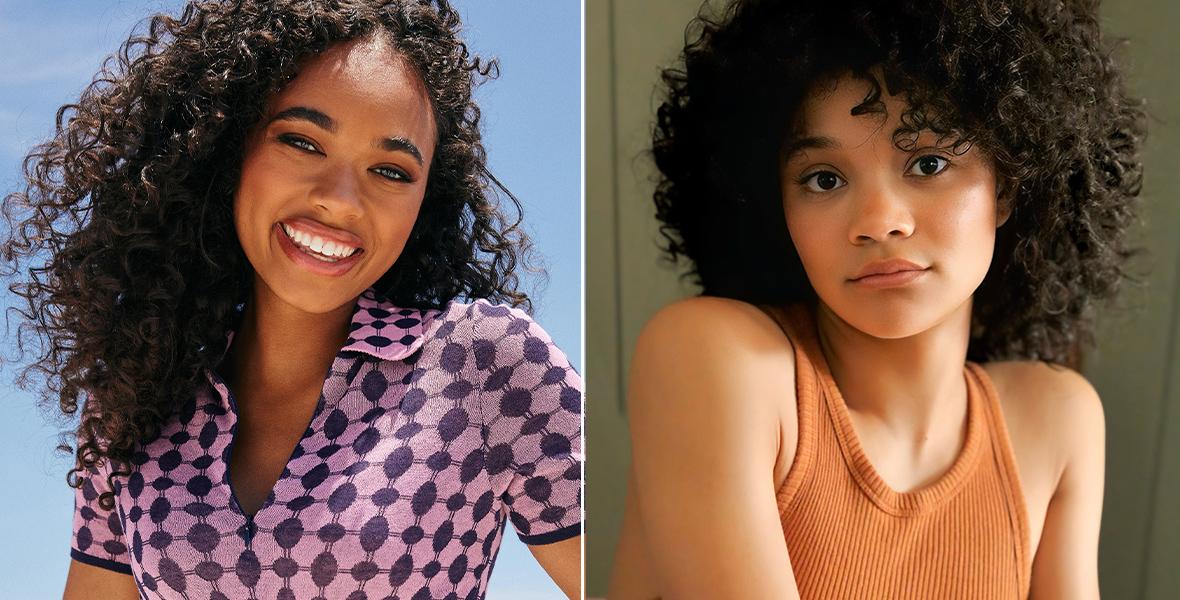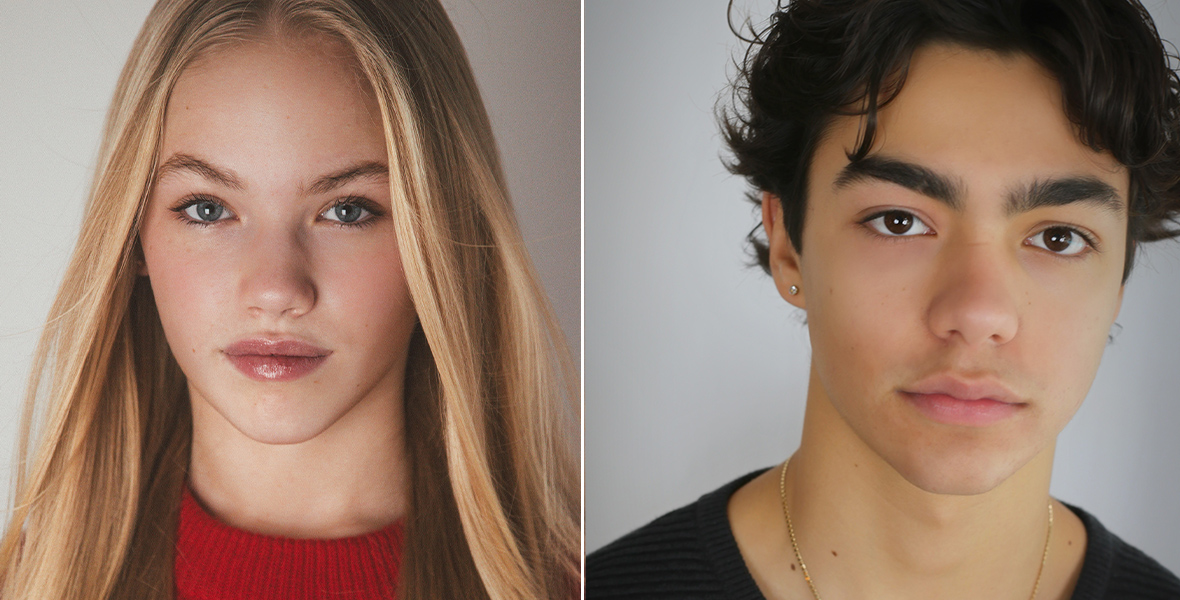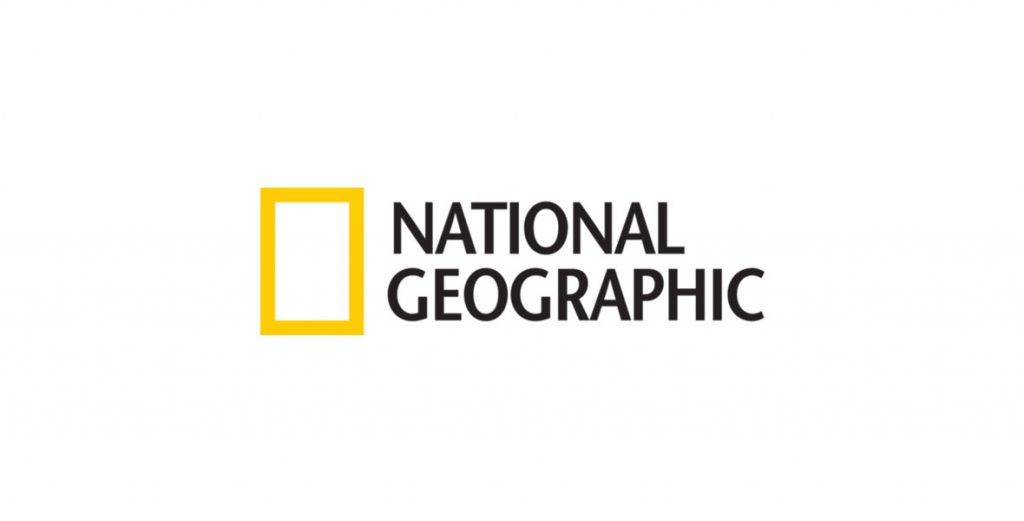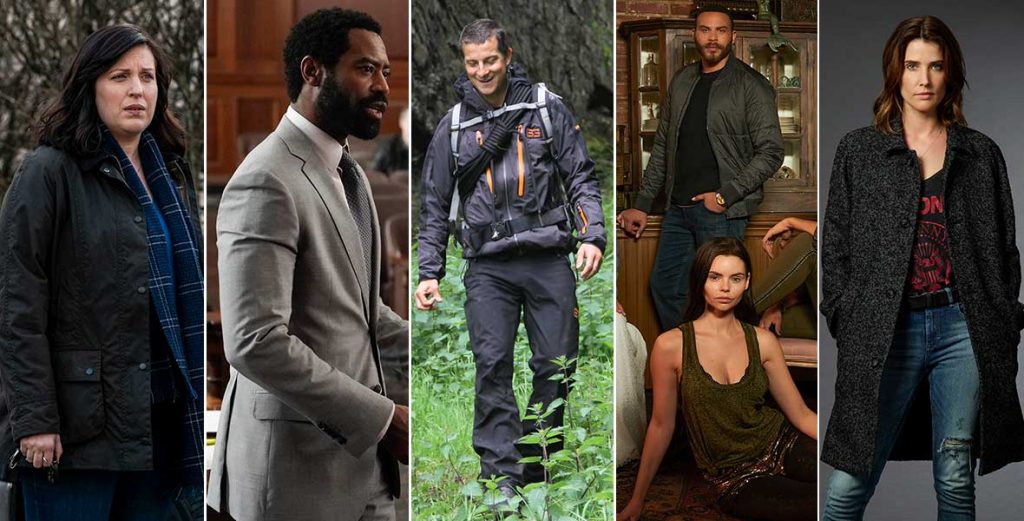By Zach Johnson
The Television Critics Association’s Winter Press Tour continued Saturday in Pasadena, California, where Craig Erwich, President of Disney Television Group, shared a slew of major (and exciting) updates for fans of series and specials spanning ABC Entertainment, Disney Branded Television, Freeform, and Hulu Originals. But first, Abbott Elementary’s own Mr. Johnson (William Stanford Davis) appeared onstage to announce that ABC has renewed the hit comedy series from Warner Bros. Television and 20th Television for a fourth season!
“You know, I’ve held many jobs in my lifetime—over 400, in fact. And today, I am adding another one to my resume because I’m here to announce to all of you impressive folks out here in the audience that Abbott Elementary will be back in business for Season 4,” Stanford Davis said while in character as the beloved janitor. “That’s pretty impressive, huh? I guess the camera crew wanted to get another chance to witness my janitorial prowess.”
Before a Q&A with Erwich, ABC and the Television Academy announced that The Emmy® Awards will return to the network, airing live from the Peacock Theater at L.A. LIVE in Los Angeles on Sunday, September 15, at 8 p.m. ET/5 p.m. PT. A host and producers will be announced at a later date. The live show is set to air on ABC and stream the next day on Hulu.
Grey’s Anatomy will return with its landmark 20th season on Thursday, March 14, at 9 p.m. ET/PT on ABC, streaming the next day on Hulu. ABC revealed Jessica Capshaw will return as a guest star, reprising her role as Dr. Arizona Robbins, and Alex Landi will return as a guest star, reprising his role as Dr. Nico Kim. In addition, Natalie Morales will head to Grey Sloan Memorial Hospital as Monica Beltran, a pediatric surgeon whose pragmatism and levelheadedness have made her one of the best in her field. Her willingness to push boundaries can be admirable and aggravating, but it’s always aimed at providing top-quality care to her patients. Freddy Miyares will also join the cast in a recurring role as Dorian, an intelligent, warm, and likable patient who sustained a serious accident and is struggling with his future.
“We’re going to have a tremendous amount of fanfare well-deserved for Grey’s Anatomy this year when it comes on next month,” Erwich said. “I think the show is as creatively strong as it’s ever been. It is not just a delight for the viewers who are watching it today, but it’s fueling growth for our streaming platforms.” That’s no understatement: In 2023, Grey’s Anatomy was the No. 1 show on Disney+ globally with over 1 billion hours streamed. “This show is fueling and will continue to fuel growth and engagement on our platforms for decades,” Erwich said. “Next month, when Grey’s returns, the full Grey’s library will be available to Bundle subscribers. This is the first time all 20 seasons will be available in one place, creating a seamless experience for longtime viewers and new generations of fans.”
Not only has ABC renewed The Bachelorette, airing this summer, but it has greenlit The Golden Bachelorette, airing this fall. Both series will stream the next day on Hulu, and additional details (including casting) will be announced at a later date. Meanwhile, two of ABC’s fan-favorite game shows, Celebrity Family Feud and Jeopardy! Masters, were renewed for new seasons, airing later this year, and the 2024 Rock & Roll Hall of Fame ceremony will once again stream live on Disney+; a special will air on ABC at a later date, available on Hulu the next day. Mary J. Blige, Mariah Carey, Cher, the Dave Matthews Band, Eric B. & Rakim, Foreigner, Peter Frampton, Jane’s Addiction, Kool & the Gang, Lenny Kravitz, Oasis, Sinead O’Connor, Ozzy Osbourne, Sade, and A Tribe Called Quest are the nominees for induction.
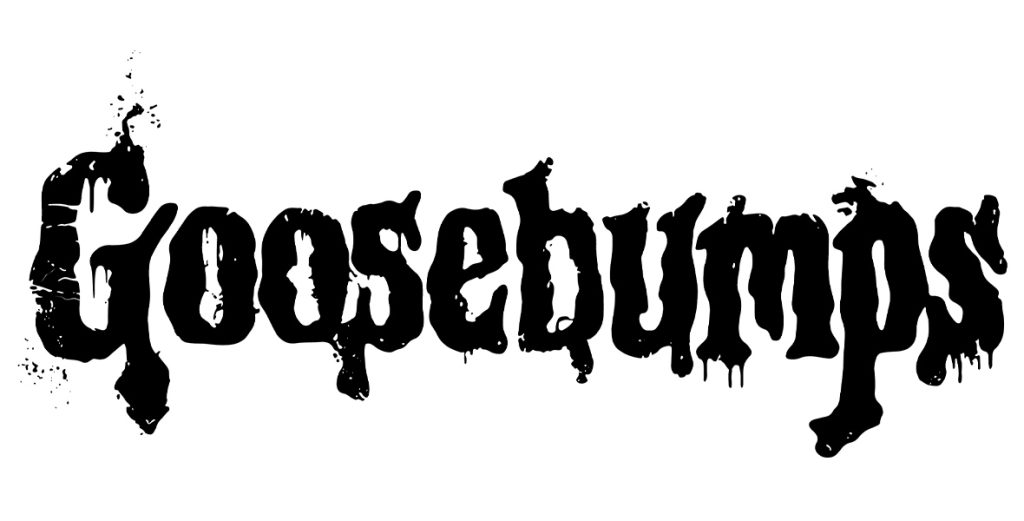
Erwich also announced that Disney Branded Television greenlit a second season of Goosebumps for Disney+. The new eight-episode installment will feature a brand-new story, setting, and cast based upon R.L Stine’s bestselling Scholastic book series of the same name. In Season 2, teenage siblings will discover a threat within their home, setting off a chain of events that unravel a profound mystery. As they delve into the unknown, the siblings will find themselves entangled in the story of five teenagers who mysteriously vanished in 1994.
“Audiences everywhere fell in love with the series’ chills, thrills, heart, and humor, making it one of Disney Branded Television’s most-watched shows of last year,” said Ayo Davis, President of Disney Branded Television. “We can’t wait to dive deeper into the brilliant mind of R.L. Stine, and to collaborate once again with Sony Pictures Television, Scholastic Entertainment, and our fantastic creative team to bring an entirely new mystery to Disney+ for Season 2.”
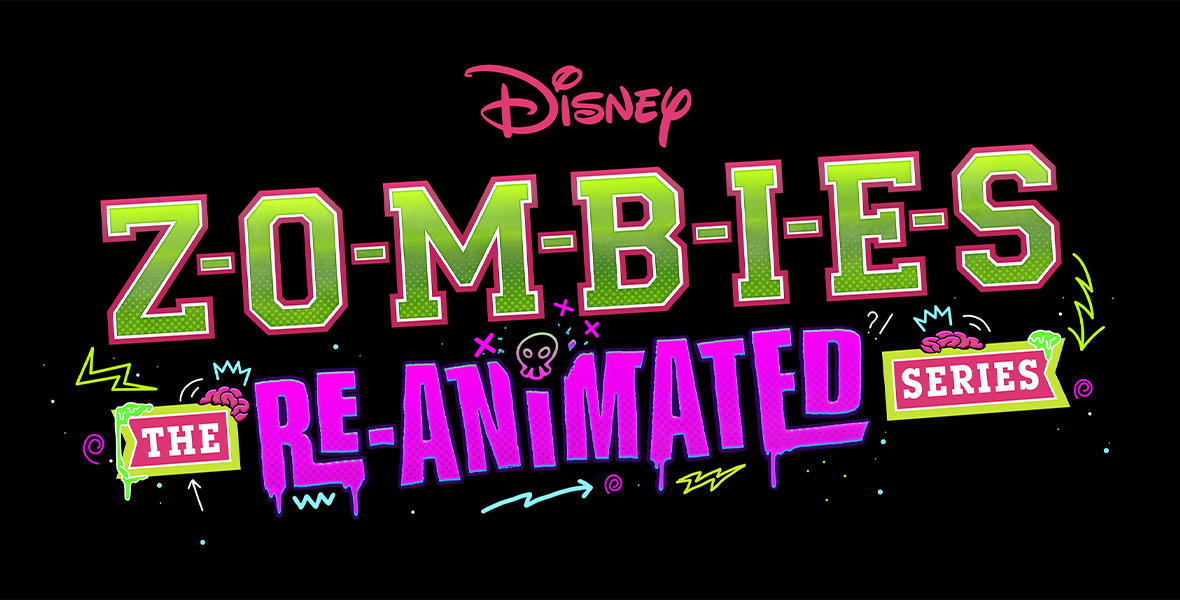
Davis then shared some breaking news from Seabrook: Disney Branded Television has greenlit ZOMBIES 4 (working title), with production set to begin next month in New Zealand. Meg Donnelly and Milo Manheim will return as Addison and Zed, respectively, and also executive produce. After detailing how Disney Branded Television is “developing a new pipeline of movies and multicams that lean heavily into comedy and music,” Davis added, “These movies continue to be so incredibly successful that we are building out the franchise with our first-ever ZOMBIES animated series, which will launch this summer, truly giving us an opportunity to invite brand new audiences into this fun and musical world.”
Last week, fans of Percy Jackson and the Olympians received a gift from the Gods when Disney Branded Television renewed the series for a second season on Disney+. “It is an epic tale, filled with courage and resilience, imagination, and adventure, and one where the human spirit triumphs against all odds. Now, what could be more Disney than that?” Davis asked onstage Saturday. “This show is produced by our partners at 20th Television, and the second season of Percy Jackson and the Olympians will find Percy and his friends heading off on a new quest based on The Sea of Monsters, which is the second installment of Rick Riordan’s bestselling book series. I’m pleased to share that Rick, along with [his wife], Becky Riordan, will continue to serve as executive producers, and we are so grateful for their incredible partnership in helping us create a truly faithful and authentic adaptation.”
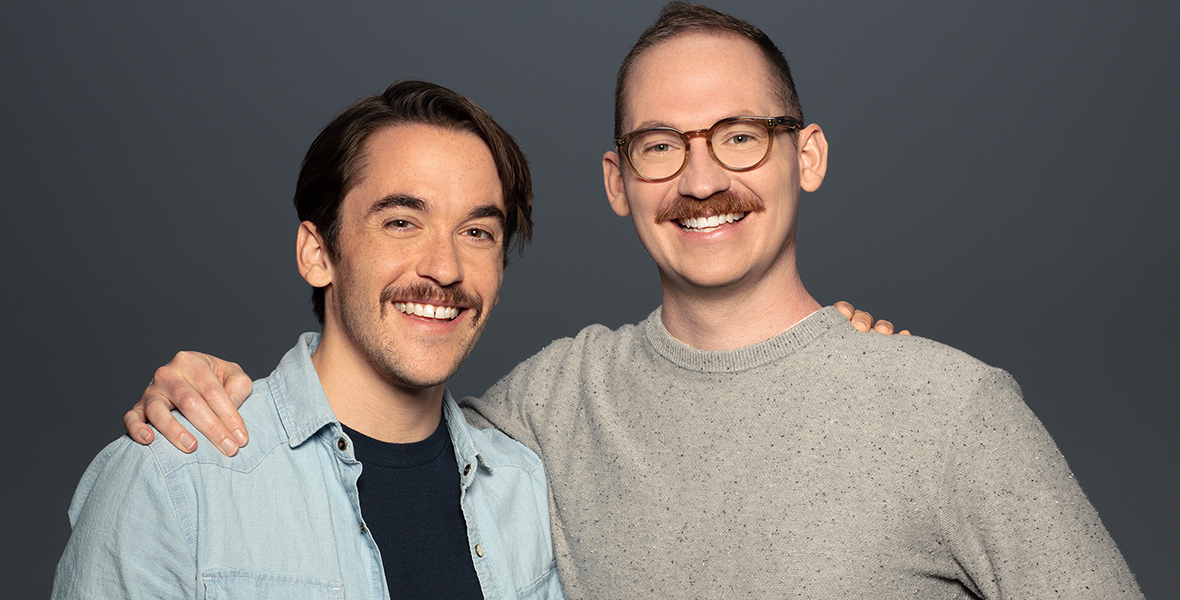
After hyping up the first-ever Big City Greens movie, coming this summer, Davis then shared that Chris Houghton and Shane Houghton—who created and executive produce Disney Channel’s hit animated series—have struck a multiyear producing deal with Disney Branded Television. Under the deal, they will produce animated projects with Disney Television Animation studio and provide opportunities to develop live-action projects within Disney Branded Television for linear and streaming platforms. The deal also includes development opportunities for adult animation projects with 20th Television Animation. “We’re very excited about that opportunity, and very grateful to Ayo and the whole team for signing up for more Houghton Brothers stuff,” Shane said. Whether their audience is kids or adults, he continued, “We have always focused on just telling really funny stories.”

Disney Branded Television has also ordered the third seasons of hit animated series SuperKitties and Pupstruction ahead of their respective Season 2 debuts. “With their adorable characters and heartfelt adventures, these two series have clearly struck a chord with our preschool audience,” Davis said. “Both series exude teamwork, optimism, friendship, and resilience, and feature some pretty catchy music—just some of the signature qualities that make our Disney Junior programming a hit with kids and families alike.”
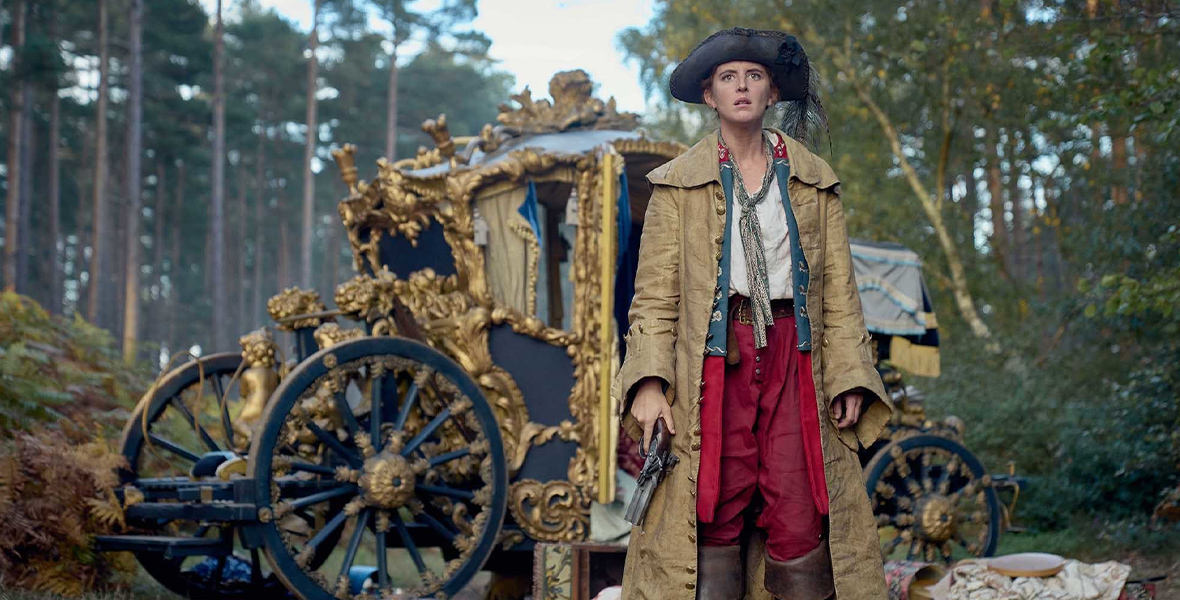
Next, Louisa Harland announced that the Disney+ Original series Renegade Nell will debut with all episodes on Friday, March 29. The eight-part action-adventure fantasy series is written and created by BAFTA Award winner Sally Wainwright and centers on Nell Jackson (Harland), a quick-witted and courageous young woman who finds herself framed for murder and unexpectedly becomes the most notorious outlaw in 18th century England. When a magical spirit called Billy Blind (Nick Mohammed) appears, Nell realizes her destiny is bigger than she ever imagined. Renegade Nellalso stars Frank Dillane as Charles Devereux, Alice Kremelberg as Sofia Wilmot, Ényì Okoronkwo as Rasselas, Jake Dunn as Thomas Blancheford, Bo Bragason as Roxy Trotter, and Florence Keen as George Trotter, Pip Torrens as Lord Blancheford and Craig Parkinson as Sam Trotter, with Joely Richardson as Lady Eularia Moggerhangar and Adrian Lester as Robert Hennessey, Earl of Poynton. Renegade Nell “is a family show, and it has every element under the sun involved,” said Harland. “There’s comedy, adventure, fantasy, and magic. It’s surprisingly moving at times.”
ABC News Studios, in partnership with NEON and Network Entertainment, offered a first look at BRATS, a feature-length documentary looking at the iconic films of the 1980s that shaped a generation and the narrative that took hold when their young stars were branded the Brat Pack. Writer and director Andrew McCarthy—himself a member of the aforementioned group—appeared onstage, where he recalled how the New York article that branded him and his peers “had such a profound effect on my career. A magazine article came out on Tuesday, and by Friday, the entire nation was using the phrase Brat Pack. It was a life-changing kind of thing. We felt suddenly unseen. I felt like I lost control of the narrative of my career.” Throughout the documentary, McCarthy crisscrosses the country to meet up with some of the stars of those beloved films, including, among others, Rob Lowe, Demi Moore, Ally Sheedy, Emilio Estevez, Jon Cryer, Lea Thompson, and Timothy Hutton, as well as key members of production, including directors, casting directors, screenwriters, and producers. He also sits down for his first conversation with writer David Blum, who fatefully coined the term Brat Pack in his New York cover story.



